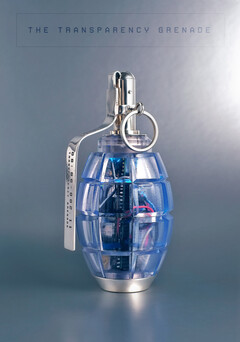
Lawrence Abu Hamdan: Aural Contract: The voice before the law
Federation Square
Melbourne, VIC
FREE
Curated by Liquid Architecture for Melbourne Festival
Artist Lawrence Abu Hamdan
Jordanian artist Lawrence Abu Hamdan examines the contemporary politics of listening – its relationship to power, borders, human rights, testimony and truth – through the production of audio documentaries and essays, installations, sculpture, photography, and performance.
His Aural Contract series investigates the role of the voice in law; the changing nature of testimony in the face of new regimes of border control, algorithmic technology, biomedical science, and modes of surveillance.
The Aural Contract works draw from an evolving sound archive – built by the artist – containing extracts of recordings from political and criminal courts, police evidence, films, literature and other sources.
In 2013, Abu Hamdan’s audio documentary The Freedom of Speech Itself was submitted as evidence at the UK asylum tribunal where the artist himself was called to testify as an expert witness.
At Melbourne Festival, Liquid Architecture will present a series of audio documentaries from Abu Hamdan’s Aural Contract as a ‘live listening event’ in the cinema setting.
Further developing the theme will be talks by researchers James Parker and Poppy de Souza. Parker’s writing explores legal questions about sound, and sonic questions about the law. De Souza’s inquiry asks “how listening works, and what listening does, in our post-convergent, post-Snowden, post-privacy moment.”
Artists
"I despise anyone who says that art is about asking questions, and not providing answers. You hear that pretty much every day in our profession. Artists who repeat this statement think of this as a radical act. But what if art's radicality is actually about art being an engine for truth production? I'm not talking about the same forms of truth production in science or law, since science is totally different to law and each represents two different models for telling the truth. In forensics, science and law meet in some weird space. In art, you can borrow from the ways that science and law tell the truth in order to come up with the means by which art can also speak it."


